What is an Anterior Tongue Tie?
An anterior tongue is a very tight soft tissue attachment between the tongue and the lower jaw. Tongue ties are associated with several disorders including:
- Crowed and crooked teeth
- Mouth breathing
- Small mouth
- Airway issues including obstructive sleep apnea
- High vaulted palate
- Digestive disorders
- Poor sleep
- ADHD in kids
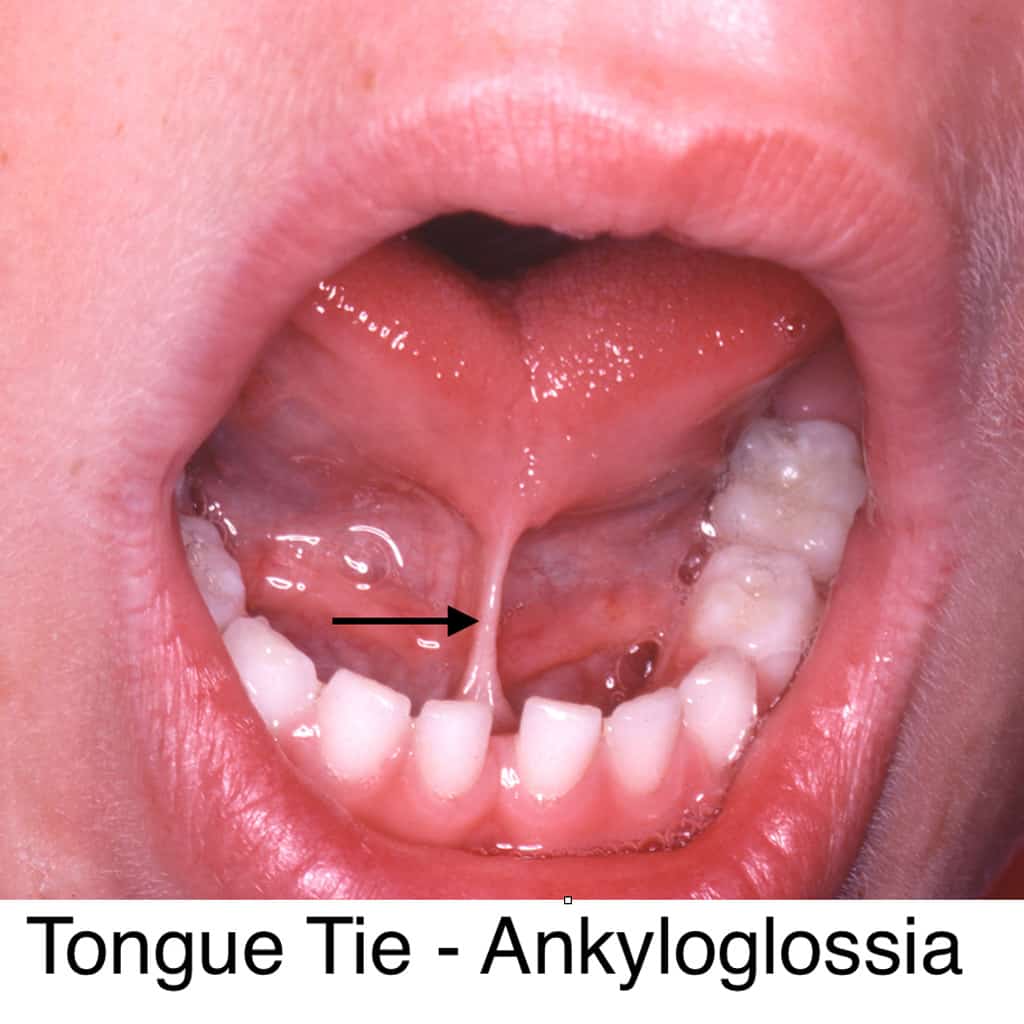
Anterior Tongue Ties vs Posterior Tongue Ties
Anterior tongue ties are much tighter and more restrictive than posterior tongue ties. Anterior ties are much bigger and nearly attach the tongue to the lower jaw all the way to the time of the tongue. Some people with anterior ties can barely get their tongue out of their mouth. On the other hand, posterior tongue ties are much less restrictive. Posterior tongue ties may escape diagnosis because the symptoms are much less noticeable.
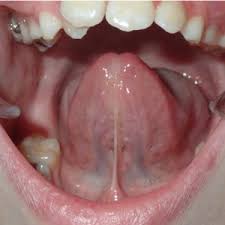
Posterior Tongue Tie
Symptoms of Anterior Tongue Tie
With anterior tongue restrictions, we usually see very poor range of motion of the tongue. Teeth crowding and malocclusion. Mouth breathing. Altered speech where the person has trouble pronouncing certain syllables properly. Poor facial profile with a weaker upper and lower jaw and facial profile. Possible sleep problems. Poor nasal breathing. ADHD like symptoms in kids. Poor quality sleep where even after a long nights sleep, there is still tiredness and fatigue. Digestive disorders. Some or all of these symptoms may be present. It is important to know that not all these issues are immediately associated with a tied tongue. The symptoms are linked to tongue ties.
Symptoms of Posterior Tongue Ties
The symptoms of posterior tongue tie can be the same as above for anterior tongue ties. But usually the severity is much less and the problems goes unnoticed. Instead of there being a lot of teeth crowding and speech issues there may be only a small amount. Usually the writing on the wall is small, but the problems can intensify later in adulthood. Especially when it comes to mouth breathing during sleep and airway problems.
Treatment for Tongue Ties
The eventual treatment for anterior and posterior tongue ties is a release. A release is also called a frenectomy. Tongue tie releases are usually performed with a laser and may or may not include stitches. Often tongue ties can reattach and the benefits of the release will not be seen. In order for released to be successful it needs to be done in concert with myofunctional therapy and improvements to the size and shape of the mouth.
Anterior tongue ties usually need to be done in two phases. Phase 1 before orthodontic intervention such as palatal expanders. And after some amount of myofunctional therapy. The reason for the early release is the tongue has so little range of motion, that it needs release so it can even move to do any therapy. Phase 2 is after getting more room in the mouth with expanders and some structural and myofunctional improvements have been made.
Posterior tongue tie releases are usually performed with the blessing of a myofunctional therapist after some amount of myofunctional therapy is completed. “This is called pre-work.” After the tongue release, myofunctional therapy needs to be done for a short period of time to insure the tongue function is perfected or at least dramatically improved. If the therapy is not completed, the incidence of reattachment is much higher and the person may not have proper tongue posture. Palatal expansion is an important part of correcting tongue function. If the mouth does not get bigger the tongue will not have enough room to function properly.
Mouth Breathing and Tongue Tie Link
Mouth breathing is most often caused when the tongue falls into the throat during sleep or when the tongue maintains a low posture close to the airway during the day. Basically the tongue is supposed to stay “suctioned” onto the palate during rest and especially during sleep. Tongue ties prevent the tongue from lifting into the palate easily and staying suctioned up there. When the tongue gets close to the airway or worse yet, falls into the airway, it partially blocks airflow and causes “airway resistance.” At this point, people cannot meet their oxygen demands and they need to open the mouth because it is a bigger hole to draw air from. Nose
What causes tongue ties anyway?
Mouth Breathing can cause Poor Posture
Mouth breathing causes forward head posture. The head is positioned forward to get the tongue out of the throat for easier breathing. During mouth breathing the head needs to move forward to open the airway due to a small obstructed airway caused by a reverse lower jaw position. Breathing and posture problems are caused by reverse lower jaw position, a small mouth and the tongue too close to the throat. Moving the head forward opens the airway by changing neck posture. The change in neck posture allows for the tongue to be positioned further away from the throat by moving the neck instead of advancing the lower jaw. The entire point is to get the tongue away from the throat for unobstructed breathing.
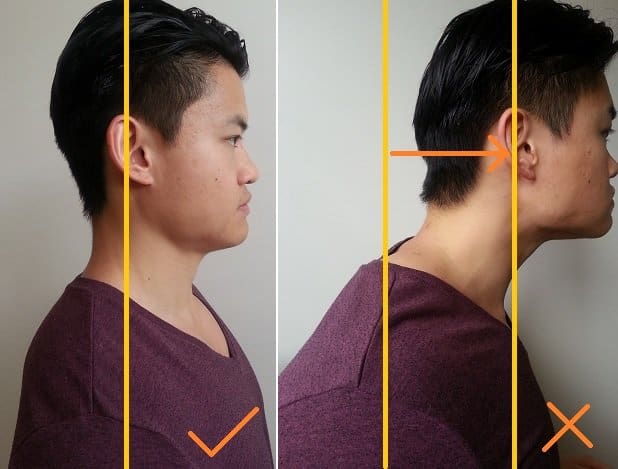
Tongue Tie Treatment and Expander protocol for Kids:
- Orthodontic Palatal Expansion with Schwarz and ALF appliances
- Myofunctional Therapy
- Tongue Tie Release
- Posture Correction
- Breathing Exercises
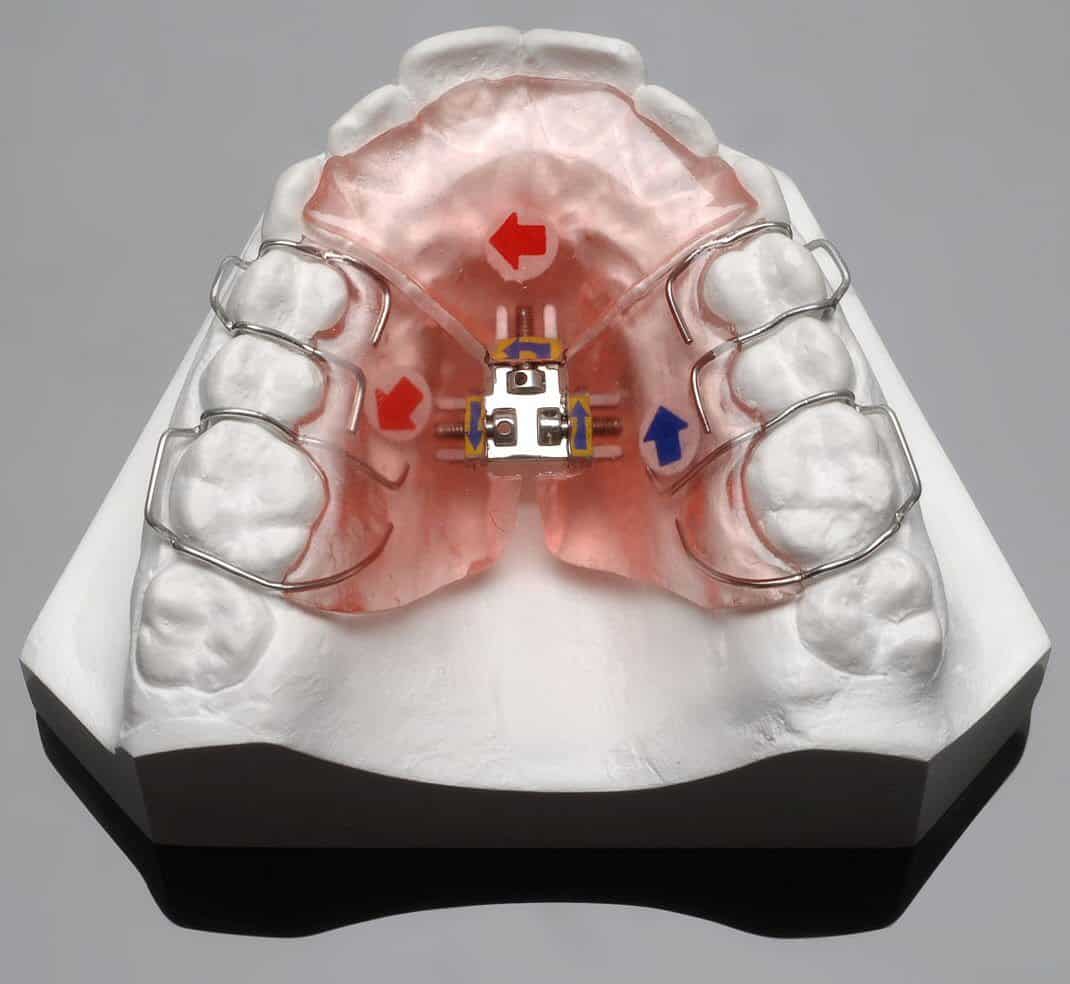
Tongue Tie Treatment and Expander Protocols for Adults:
- Adult Palatal Expansion with Homeoblock and DNA Appliances
- Breathing Exercises
- Posture Correction
- Myofunctional Therapy
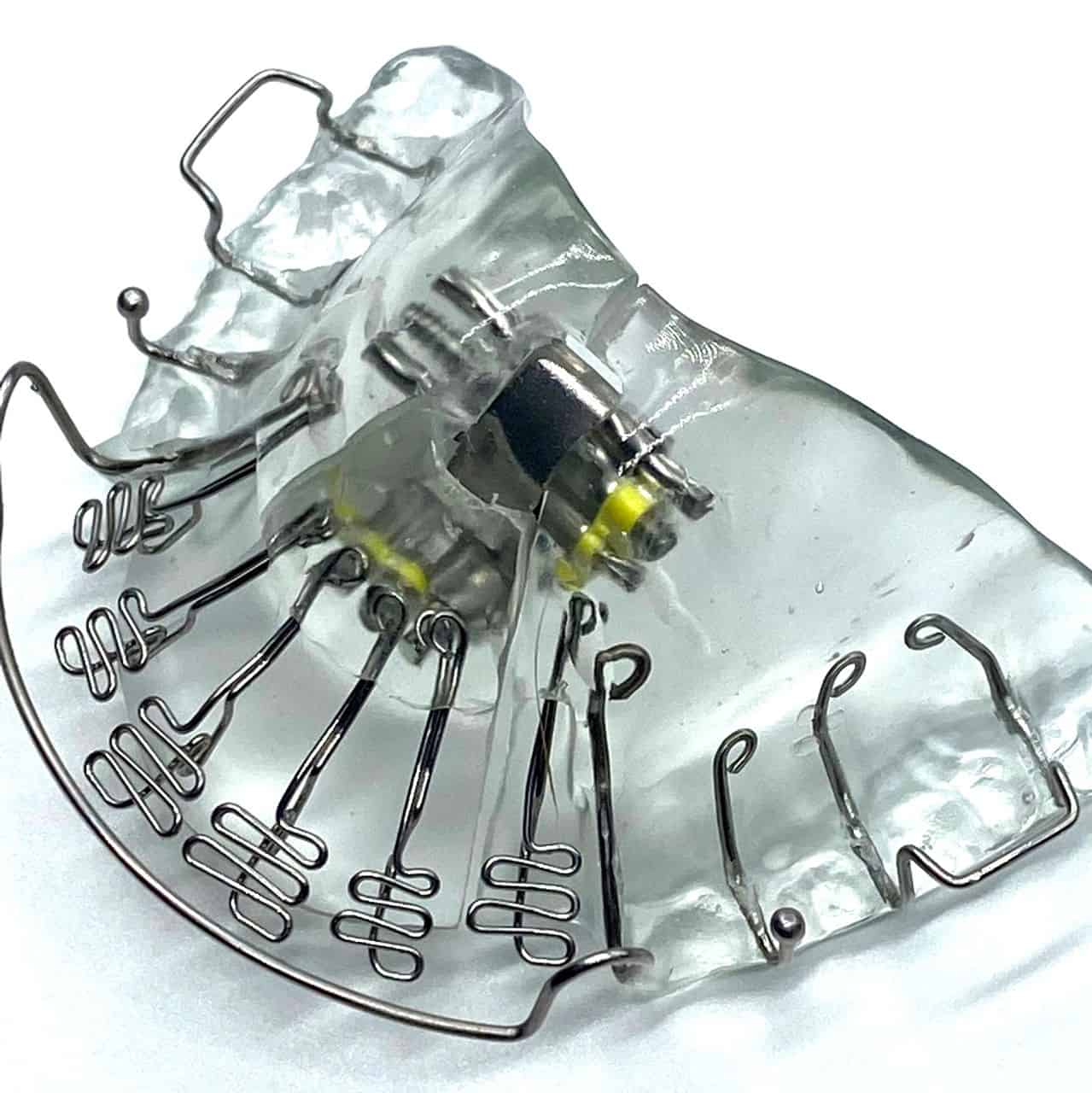
Vivos DNA Appliance
 703-712-1053
703-712-1053 